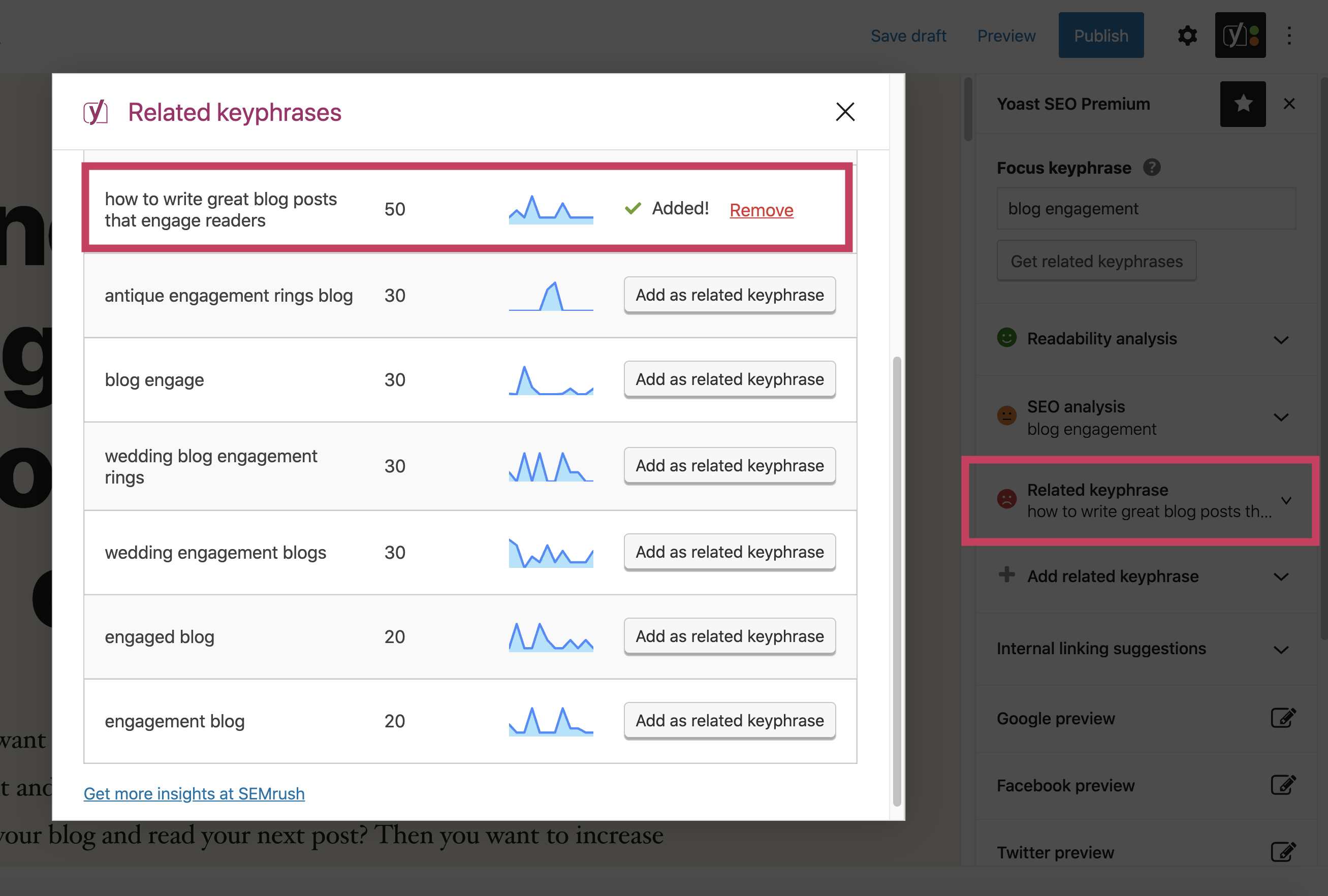In the evolving landscape of digital content, understanding the nuances between SEO writing and traditional writing is crucial. We’ve gathered insights from SEO specialists and content heads to highlight the key distinctions. From the conversion focus of SEO writing to matching user intent in SEO content, explore the top four differences these experts have pinpointed.
- SEO Writing Converts; Traditional Doesn’t
- Embracing Semantic SEO and Keyword Placement
- SEO Integrates Keywords; Traditional Prioritizes Storytelling
- Matching User Intent in SEO Content
SEO Writing Converts; Traditional Doesn’t
I would say the biggest key difference would be the main goal of SEO writing versus traditional writing. Traditional writing looks to create a piece of content that showcases the author’s creativity. SEO aims to have the audience do something that would convert them into a customer.
Most articles my agency writes end up creating a call to action, such as having the audience check a website as a source of information that also happens to be a business owner. Traditional writing does not need to ask the audience anything or have them do anything in order for it to be considered traditional writing.
David Nunez, Junior SEO Specialist, Grove Brands
Embracing Semantic SEO and Keyword Placement
When writing for SEO, you’re indeed crafting content for both users and search engines, and this requires a keen understanding of semantic SEO.
Gone are the days of focusing solely on keyword density. Now, it’s about embracing more contemporary approaches, such as the TF-IDF formula. This method involves incorporating terms related to your target keyword throughout your article or page, enriching the content’s context and relevance.

Equally important is strategically placing relevant keywords in key positions within your content, like in headings and in the text above the fold. This ensures that search engines can easily understand the primary focus of your content, while also making it accessible and engaging for readers right from the start.
Marco Genaro Palma, Freelance CMO and SEO Consultant, GenaroPalma.com
SEO Integrates Keywords; Traditional Prioritizes Storytelling
In traditional writing, the focus is primarily on creating high-quality content that engages and informs the audience. On the other hand, writing for website SEO involves strategically incorporating relevant keywords to improve search engine visibility. In traditional writing, the primary goal is to captivate the reader through compelling storytelling, in-depth analysis, or thought-provoking discussions. The emphasis is on delivering valuable, engaging content that resonates with the target audience. The writer has the freedom to express ideas and concepts in a creative and unrestricted manner without being overly concerned with specific keywords or search engine rankings.

Conversely, the approach is more structured and deliberate when writing for website SEO. The writer must conduct keyword research to identify the terms and phrases users are searching for in relation to the topic. These keywords are strategically integrated into the content to signal to search engines the relevance of the information to specific search queries. Additionally, elements such as meta descriptions, title tags, and alt text for images are optimized with relevant keywords to enhance the overall SEO performance.
Thomas Niemczewski, SEO Specialist, Dream Chasers
Matching User Intent in SEO Content
One key difference between SEO content and traditional writing is user intent. People searching online are typically looking for something very specific; they’re not flicking through a magazine or browsing.
If you want to appear on Google’s search results pages, your content must deliver on its promise to answer the reader’s query (this is known as matching search intent). Well-crafted prose alone is not enough to drive visitors to your website.
In other words, you have to give the people what they want!
Mel Healy, Head of Content, Marketing Labs